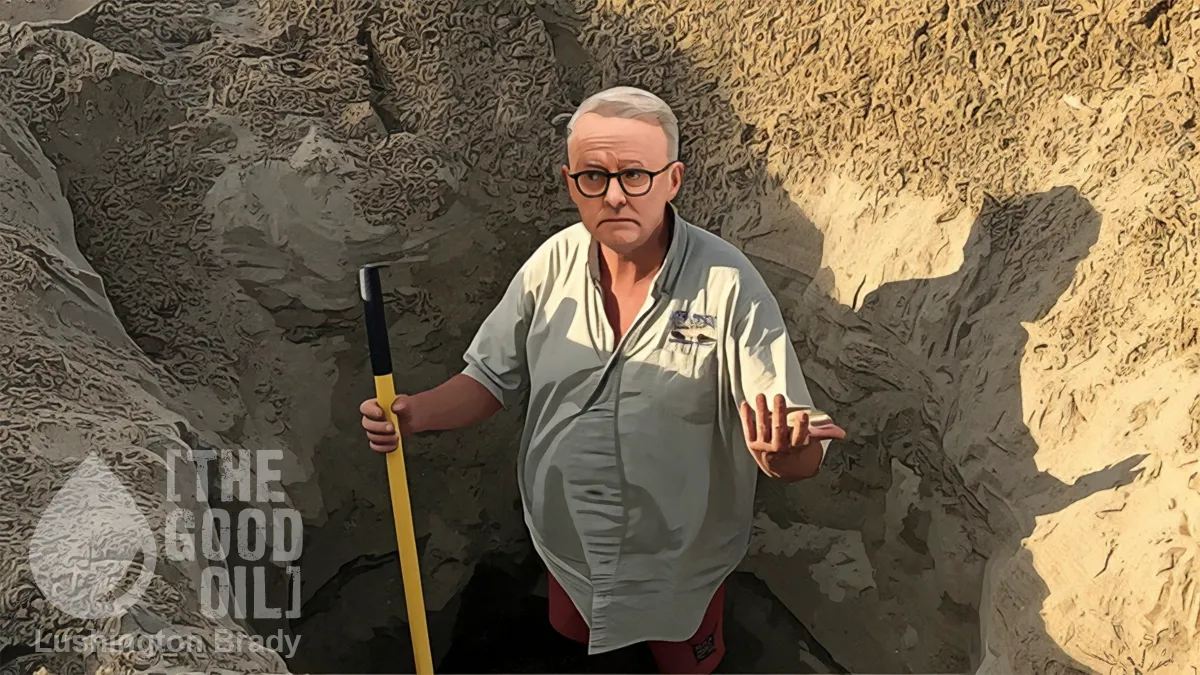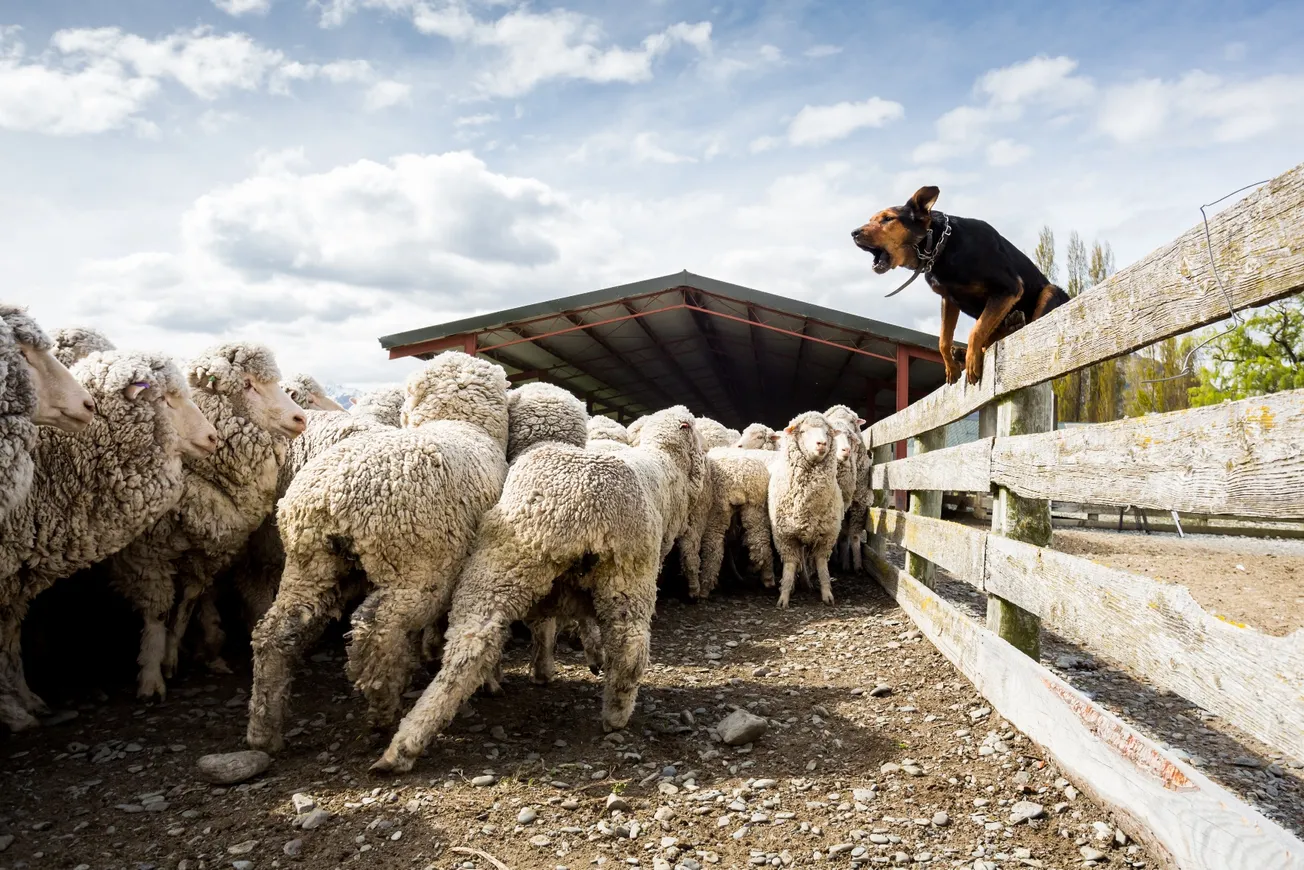Table of Contents
I recently leased a PO box for business purposes. It turns out to have been an unintentionally prescient move: Australia Post has mooted plans to cut residential delivery from daily to every two days. We’ve come a long way from the ‘primitive’ 19th century, when mail was delivered twice daily. Boxes will still be sorted daily – and I get an email when there’s actually mail.
Still, Australia Post can hardly be blamed for cutting back daily mailbox delivery when no one writes letters any more. We brought this on ourselves.
Just as we brought the cash decline on ourselves – because we stopped using cash.
To the point that cash may soon be a luxury we have to literally pay for.
As more Australians use digital payments instead of cash, the Reserve Bank of Australia (RBA) emphasised the importance of keeping access to cash available, although users might have to cover the costs.
Cash payments have decreased, dropping from 70 per cent in 2007 to 13 per cent in 2022.
While there’s no doubt most of us have been gently steered to digital transactions by their convenience, at the same time, banks have made it harder and harder to actually get cash.
ATMs are still the go-to for getting cash, but their usage has decreased along with the closure of ATMs and bank branches.
Even the sole ATM in our country town frequently runs out of $20 notes and on busy holiday weekends out of cash altogether. ATMs also charge transaction fees that, for small withdrawals, can represent up to a 10 per cent surcharge.
Soon, even that may not be an option.
The RBA discussed supporting the cash distribution system’s sustainability following the merger of the two largest cash transport companies, Linfox Armaguard and Prosegur, approved by the Australian Competition and Consumer Commission (ACCC) earlier this year […]
She noted a model some countries considered, where several organisations create a single group responsible for wholesale cash distribution.
“Utility models aim to share fixed costs among the participants and achieve efficiencies, though cooperative arrangements can also be challenging to implement … it may be worth exploring the merits of a cooperative model in Australia,” she explained.
She noted implementing a system where people must pay to use cash in Australia would be challenging.
“I suspect there will be a very big backlash.”
As a number of recent events, from natural disasters to country-wide internet outages, have shown: when push comes to shove, cash is still king.
The recent Optus service disruption served as a reminder for many to have some cash readily available.
The telco giant’s 14-hour outage affected over 10 million Australians and prevented emergency services and businesses from calling or taking card payments on Nov 9 […]
At the same time, Cash Welcome, a grassroots campaign advocating the right to use and access cash, urged an “immediate pause” on the closure of bank branches and ATMs.
“Stop closing cash access points. EFTPOS, internet, and power can all fail and can’t be relied upon. Stop food shops going cashless. Let us choose how to pay for our essentials.
Yet still the Masters of the Universe are determined to get rid of ‘inconvenient’ cash.
Still, National Australia Bank (NAB) Cashflow Solutions Executive Mark Raymer believes most Australian businesses will go cashless within five years, with small businesses likely to lead the way.
“I believe it’ll be similar to when Tap and Go was rolled out a few years back – it started out piecemeal with smaller players then gained momentum rapidly when major fast food chains and supermarkets got on board,” he said.
The Epoch Times
Give us convenience, as the Dead Kennedys once said, or give us death.









